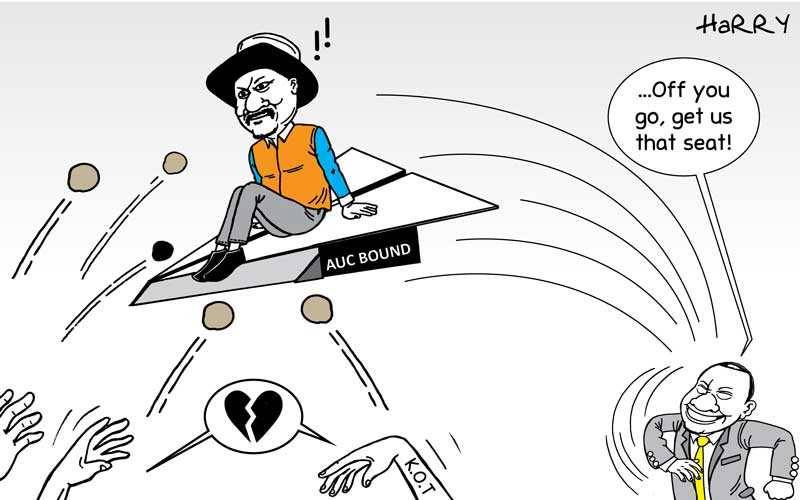
Prior to the launch of M-Pesa, a period I personally have no recollection of as a millennial, it was quite difficult and expensive to send money.
Trust drivers
Amid difficulty comes about innovation with people having to craft means to get the job done.
I have stories of people sending money through letters hoping that they will not be opened, and some having to trust drivers whom they tipped to send money back home.
One was never certain that the money they sent will safely reach their destination, and if it did it was the exact amount sent but they lived on hope.
Then come M-Pesa in 2007 which changed how we transact. We have become quite accustomed to it that we cannot imagine how our lives will be without it. Prior to M-Pesa, the cost of lending was a staggering Sh7,000 regardless of the transaction being carried out.
The amount constituted legal fees, and verification fees amongst many other fees as there was no central database to determine the credit rating of a borrower.
M-Pesa revolutionised this and come 2011, birthed M-Swari which would give out credit to users of M-Pesa based on their transaction history.
Prior to that period, the Credit Reference Bureau (CRB) only carried negative data on users and was limited to less than 700,000 persons on the list.
In 2014, a fintech company, Mkopo Rahisi, Swahili reference for Easy credit was birthed.
The company was not connected to the telecommunication for M-Pesa transactions but they would access a user's social media records to give micro-loans.
They solved a problem faced by many in accessing loans through banks, whose procedures are not only long but also tedious and would not aid in emergency situations.
Social media
The banks require your salary slip and collateral, have to review your history, and in the end, may not give you the loan but here was a fintech company that accessed your social media records and you would get a loan to sort out your emergency.
Stay informed. Subscribe to our newsletter
In 2017, a Micro Save report highlighted that the number of Kenyans listed negatively was 2.7 million which was a significant rise from the earlier CRB database that stood at less than 700,000.
The Kenyan fintech ecosystem had exponentially grown at this point with many Kenyans having embraced fintech.
In 2018, Fuliza was launched and it has been a revolution per se in terms of the numbers released.
Over a billion shillings are lent out daily at a one per cent interest rate, and only two per cent of the loans taken are not repaid in 90 days resulting in revenues of $3.6 billion (Sh468 billion) a year.
To catch up with the innovation happening around fintech, various regulations have been set up to regulate the sector which includes the Central Bank of Kenya (CBK) regulation in 2013 and in 2019 a Data Protection Act was put in place.
With the fast-paced evolution of the fintech space over the last decade, what does the future look like?
Kevin predicts that the future will not only be more personalised but incorporate embedded finance which entails the user's ability to get funds when they need it.
He gave an example of a firm, OYE that empowers boda-boda riders through a personal accident cover.
The personal accident cover is activated after the rider has fueled a number of pre-determined litres of fuel at a partner petrol station after which they are entitled to a personal accident cover.
The example highlights that the future of fintech will be embedded in the users' behaviour.
 The Standard Group Plc is a
multi-media organization with investments in media platforms spanning newspaper
print operations, television, radio broadcasting, digital and online services. The
Standard Group is recognized as a leading multi-media house in Kenya with a key
influence in matters of national and international interest.
The Standard Group Plc is a
multi-media organization with investments in media platforms spanning newspaper
print operations, television, radio broadcasting, digital and online services. The
Standard Group is recognized as a leading multi-media house in Kenya with a key
influence in matters of national and international interest.
 The Standard Group Plc is a
multi-media organization with investments in media platforms spanning newspaper
print operations, television, radio broadcasting, digital and online services. The
Standard Group is recognized as a leading multi-media house in Kenya with a key
influence in matters of national and international interest.
The Standard Group Plc is a
multi-media organization with investments in media platforms spanning newspaper
print operations, television, radio broadcasting, digital and online services. The
Standard Group is recognized as a leading multi-media house in Kenya with a key
influence in matters of national and international interest.





